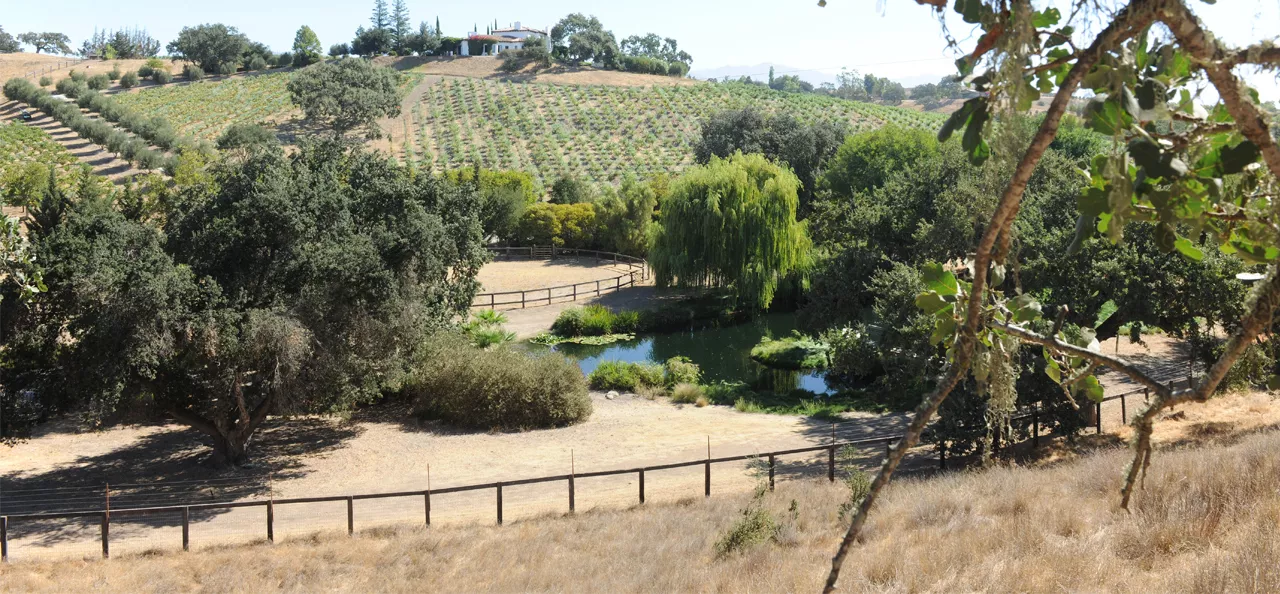
Vineyard
The Santa Ynez/Los Olivos District AVA is proving to be one of the best regions to grow Tempranillo and Verdejo in the world, due to its unique soil and climate. Particularly in view of changing global weather patterns, these Spanish varieties are adapting well and are more sustainable for the area in the long term.
Viña Loriente adheres strictly to sustainable, centuries old practices. Our farming follows biodynamic principles, irrigating judiciously, avoiding pesticides/herbicides, and respecting biodiversity by not tilling the soil. We farm not just the vineyard but the soil and all the biomes below.
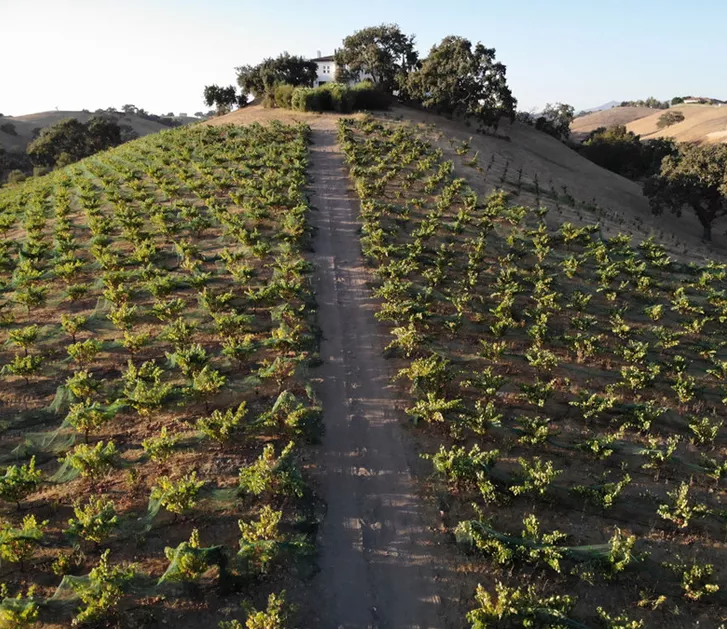
Our unique plant density
Viña Loriente sets itself apart visually from the surrounding vineyards in the area. We grow head trained vines, not trellised, i.e., each plant grows like a bush on its own. This practice is common in Spain but unusual in California, contributing to the vineyard’s distinctly Spanish look.
Like a grid, our vines are planted six to eight feet apart with rows of a similar distance, with each vine planted at the apex of each square. This Spanish tradition allows the plants to receive more sun and air and to develop very large root structures, encouraging the health and resilience of the vines as well as complexity and character of the fruit.
Deep root systems also allow the vine to interact with a greater volume of soil.
With more influence of the soil on the vine, we develop a greater sense of terroir. It also makes the vines more drought resistant, which is particularly important in California’s current climate.
Our diversity objective
Viña Loriente fosters diversity both in terms of the vines themselves and the biodiversity in the vineyard.
We recognize the profound connection between the health of the land and the quality of our wine. In this spirit, we weed our vines by hand and abstain from using any pesticides or weed killers. Employing sustainable practices not only protects our land’s tremendous biodiversity and carefully balanced ecosystem, but it makes each sip of our wine taste that much more delicious.
Our Tempranillo vines come from two notable clones derived from Spain. They are known to be the best available with regard to yield, ease of production, freedom from disease, and quality for wine production. We graft them onto American rootstocks known for their resistance to phylloxera.
Our Verdejo vines also originate from a Spanish clone and may be the only Verdejo currently planted in the USA.
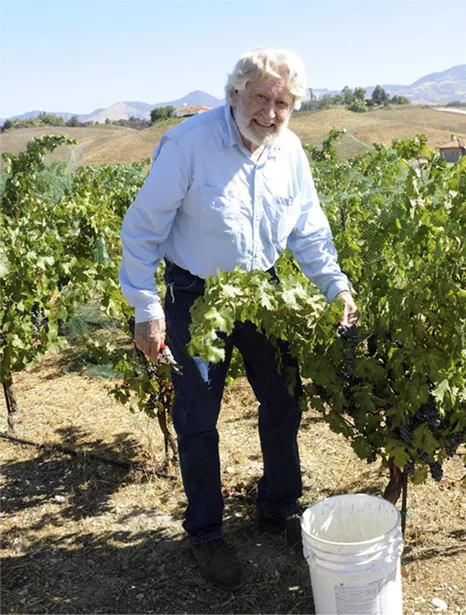
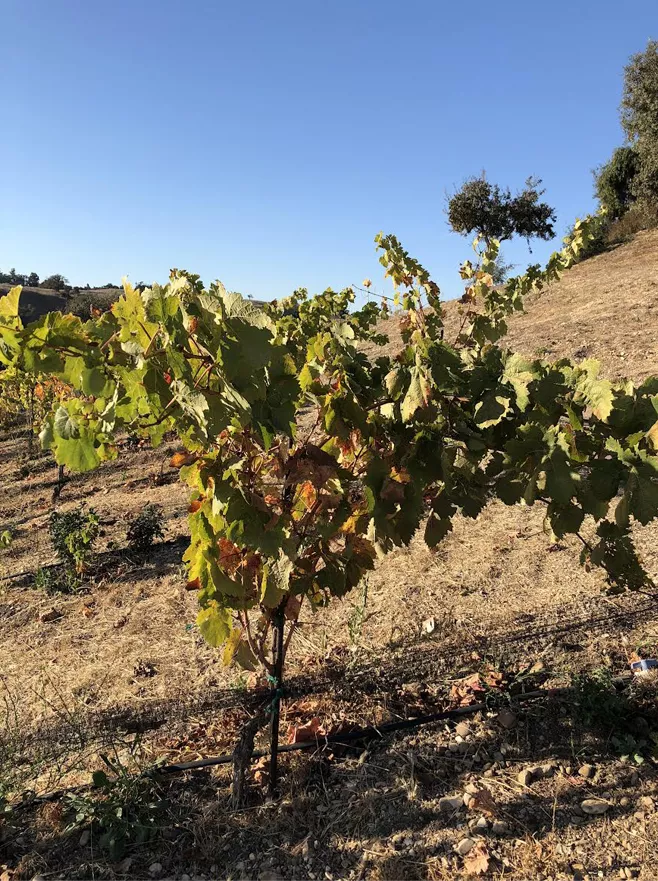
Our annual vine cycle
In early February, still during their dormancy, we prune our vines to concentrate energy during the growing season into selected fruiting wood. Following a European tradition, we later repurpose these vine cuttings creating a perfectly flavored smoking wood for BBQ: VineSmoke™.
Our crop thinning, conducted in late spring, encourages the vines to send their energy only to the best clusters, resulting in smaller crops but higher-quality grapes. Fruit is allowed to fully ripen, but not to excess. This is the crucial veraison moment (known in Spanish as “envero”), when grapes soften, their color turns from red to purple and a coating of whitish powder (called “pruina” in Spanish) appears on the grape’s skin, which contains the natural yeasts.
We carefully hand-pick our grapes right at this moment to preserve the perfect flavor and desired acidity. To avoid premature crushing, they are collected into small baskets (40-44lbs/18-20kg).
For Tempranillo, part of the harvest is crushed, and part remains in whole cluster. It is then fermented in 1,700-liter tanks and transferred to rench French oak barrels. The Verdejo is crushed, pressed and finally transferred to 500-liter neutral oak puncheons, where it is allowed to ferment.
After harvest, the vines are allowed to finish the growing season. They lose their leaves, go into dormancy, and take a long winter rest waiting for the new season.
Our unique location
Our privileged east-west orientation in the Santa Ynez Valley provides Viña Loriente with a natural channel to the Pacific Ocean just 30 miles away.
"Sunlight and temperature are very similar to the northwestern regions of Spain."
The transverse ridges and river bottoms compose a perfect path inland, funneling a constant cool sea breeze towards our estate that allows our grapes to ripen to perfection.
The cool coastal influence of the ocean regulates our vineyard’s temperatures, creating dependable conditions for easy growing and consistent wine production year after year.
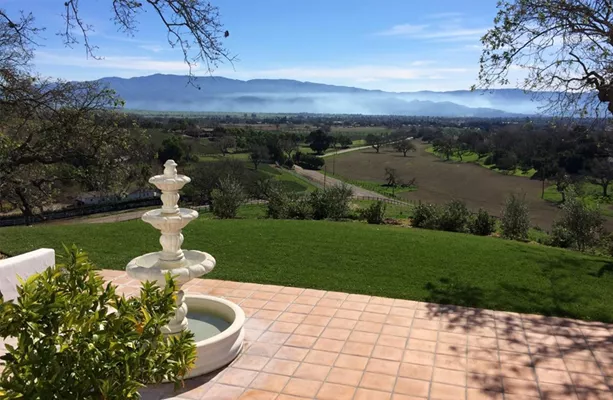
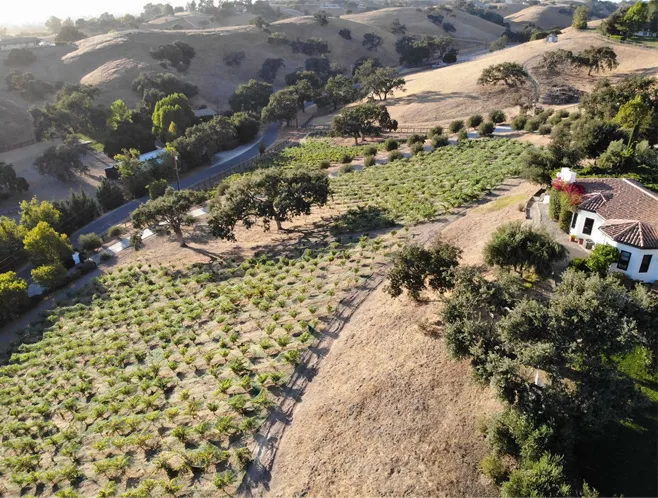
Our estate
Our estate’s permeable shale soil (from old marine formations) provides for optimal water drainage and the establishment of large root systems.
In addition, our slopped property, about 900 ft (275 m) above sea level, allows our vines receive more nourishment from the sun than if they were on flat terrain. At the same time, plenty of air circulation prevents the formation of heat pockets, ensuring that our grapes receive plenty of sunshine without the threat of excess heat destroying their acidity.
Our unique climate
The thick blanket of fog that rolls into our vineyard each morning is another magic factor for flavor concentration.
Our grapes spend more time maturing on the vine, developing flavor, and retaining acid for a more balanced flavor profile.
Born from warm inland air meeting the crisp coastal breeze, the fog climbs and cascades down our hill, cooling our vineyard and slowing the ripening of our grapes.
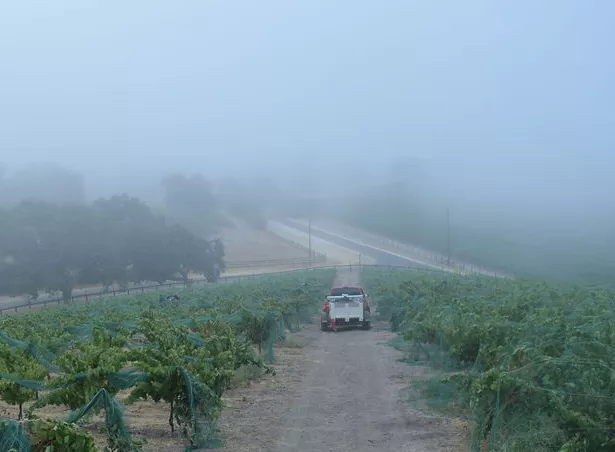
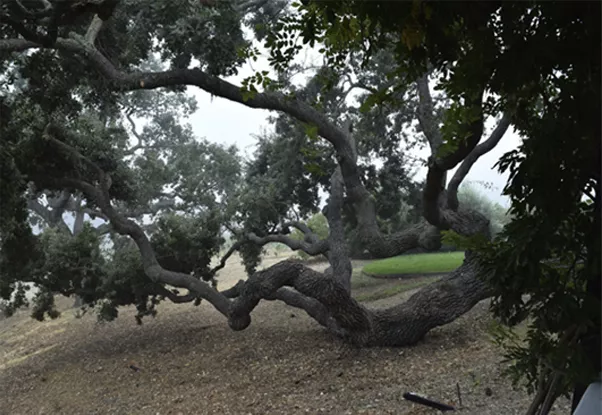
“Our grapes spend more time maturing on the vine, developing flavor, and retaining acid for a more balanced flavor profile.”

